On a list of planes that would never be made in real life, this is pretty close to the top. I essentially made a pickup truck/lorrie plane. Lore/Write-up to follow.
The first plane ever constructed by the AAE (Arcanix Air Engineer) wing of the Arcanix airpower division, this craft was built to fill a very specific purpose and do it well.
The main purpose of this plane is to serve as a dump bed for loaders and construction workers on rapid construction or demolition sites. Essentially if there's no road connection or a job needs to be done quicker than road vehicles allow, you bring a BurdenBeast in.
All the drawbacks present with ground based bedded vehicles apply here with newer ones added on top due to the method of travel this vehicle employs. The BurdenBeast features a bed with a folding tailgate. It is rated for some pretty incredible load weights before it cannot take off.
The design of this craft incorporated truly the most powerful engine of its era with a short takeoff planform. Provided some at least reasonably consistent terrain is available, the BB can land, flatten itself, pickup its loads or drop them off, and takeoff again without fuss.
The gear of this craft when retracted allows the plane to sit near level, allowing ground crews and mechanical loaders a simple and easy way to load into the bed. The wings were separated as they are to allow a loader vehicle to drive its bucket directly above the bed for dumping.
Flight characteristics place this airplane closer to a dumptruck than a fighter jet. The heavy diesel rotary (not wankel, it is a rotating engine) causes the plane to want to roll hard at take off and provides a constant input throughout a pilots flight. The control surfaces are either too touchy or not enough. Concessions were made to give the pilot as much control as they could get during loaded flights without compromising cargo. Roll performance is slow and steady, but pitch and yaw must be treated with care so as not to jerk the contains of the open top bed out of the air frame.
This plane is simply not meant for high altitudes. It is meant for low, level, and consistent flights. Pilots need to adjust the inputs as a flight goes on to account for engine roll and yaw. The higher the payload, the longer the required space for takeoff. This craft has taken a load more than twice its weight from Yeager to Wright, and did so without using the full Yeager runway to take off.
Takeoff and landing demands that pilots account for yaw quite a bit. Keep it straight and its fine, let it drift and you will most likely have to abort landing or hope you've enough speed to lift off when the plane begins to bob and shake.
This craft pioneered many design elements if it can be believed. The engine was designed and manufactured by a company called Tomjun Engineering. The codename was Stonemill. The quirks that the Stonemill motor came with were more than made up for by its benefits. Incredible power, reliability, and maintainability of it put Tomjun on the map for the next few decades. Variations of this motor will be seen again. It was the longest lasting line of rotary motors produced and wasn't phased out until well into the jet age.
The look of the BB was of its time. The cabin and body structure make it not so far unalike to the roadgoing pickups of the time. It can be seen however that aesthetics had near no place in the design process of this vehicle. Pilots and workers found it charming as time went on and folks grew to mythicize the BB by the end of its run.
AG-1 Cockpit door
AG-2 Tailgate
AG-3 Lights
AG-4 Aux (nothing equipped, that's for if you want to put magnet or detacher based cargo in the bed)
Specifications
General Characteristics
- Created On Windows
- Wingspan 39.5ft (12.0m)
- Length 36.7ft (11.2m)
- Height 10.6ft (3.2m)
- Empty Weight 6,820lbs (3,093kg)
- Loaded Weight 7,853lbs (3,562kg)
Performance
- Horse Power/Weight Ratio 0.254
- Wing Loading 28.1lbs/ft2 (137.0kg/m2)
- Wing Area 279.9ft2 (26.0m2)
- Drag Points 6106
Parts
- Number of Parts 551
- Control Surfaces 8
- Performance Cost 1,833

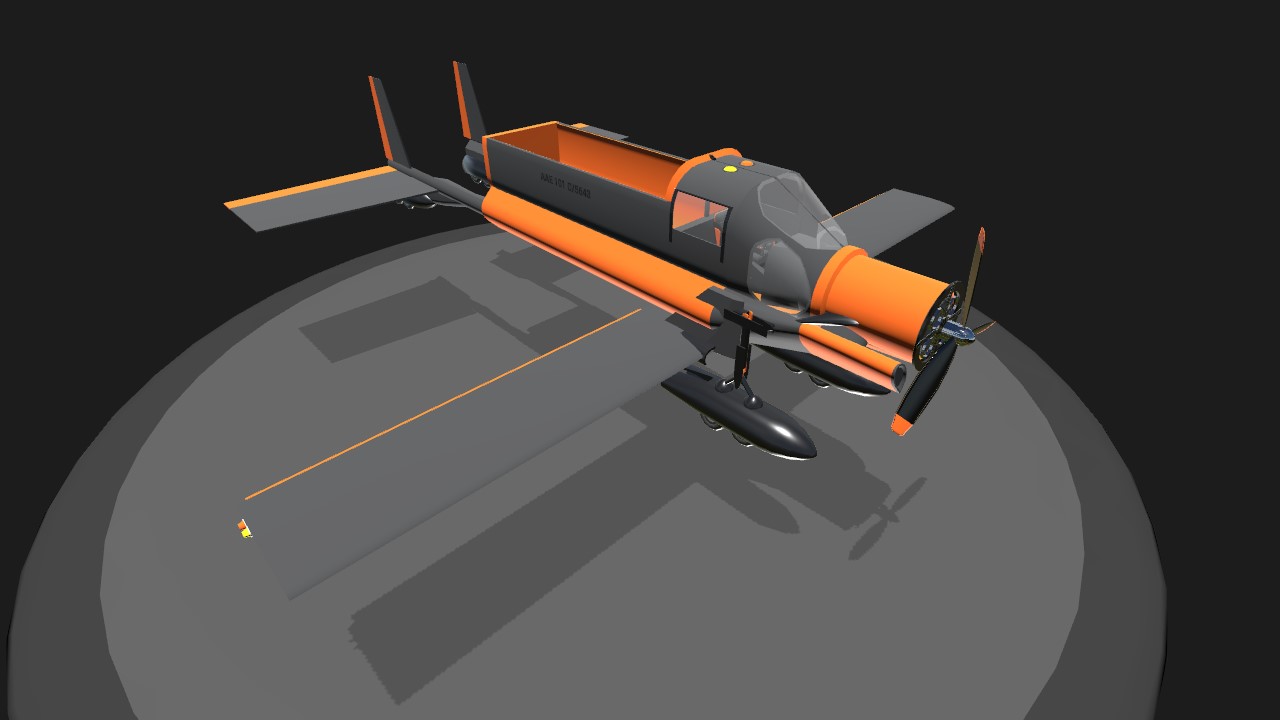
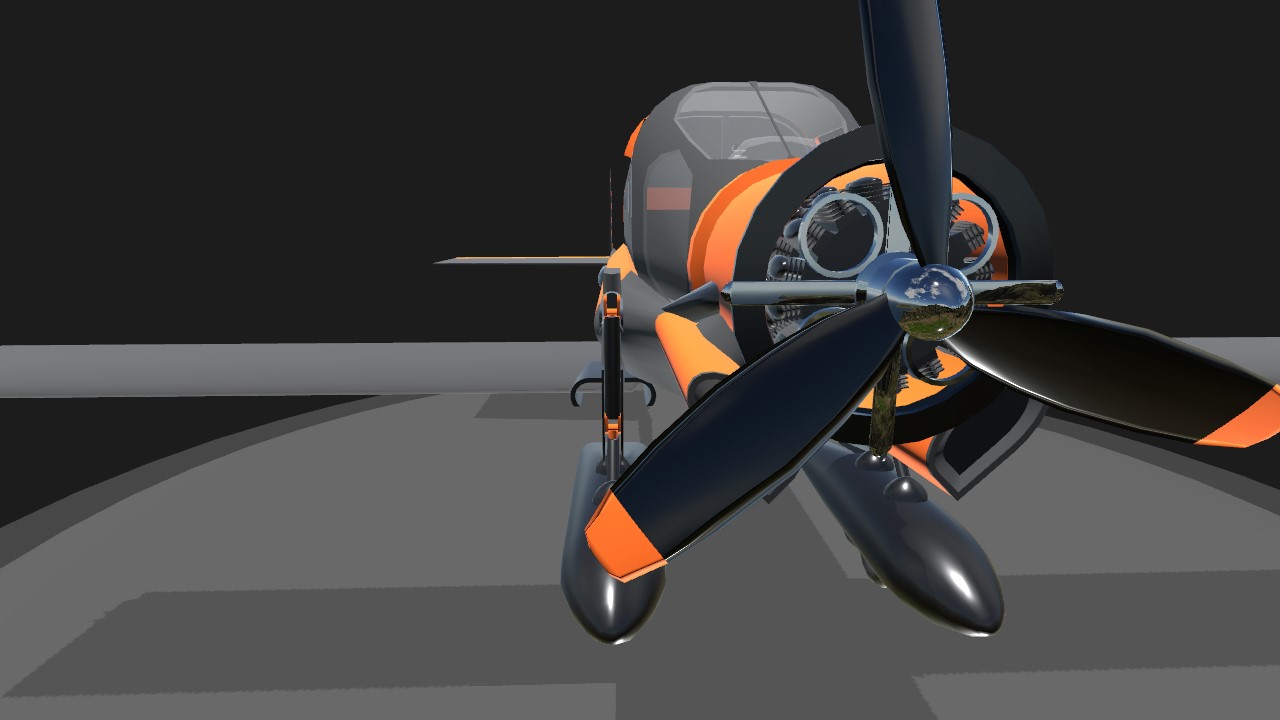
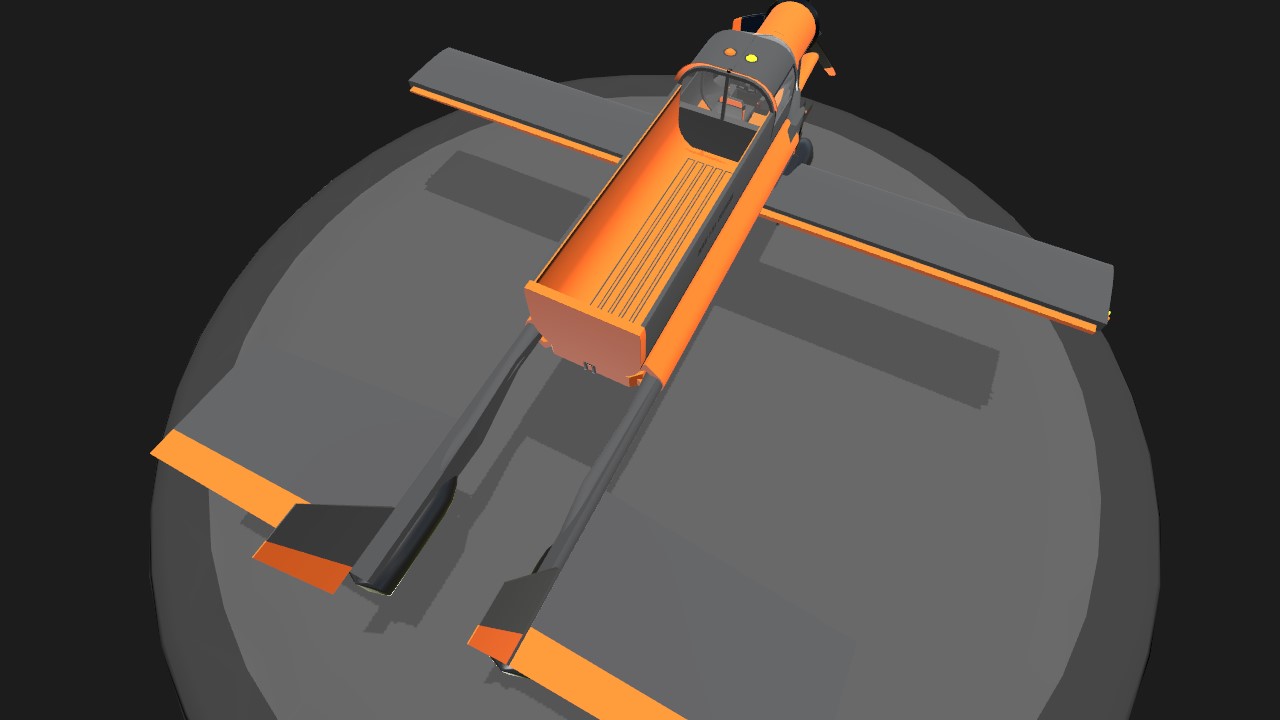
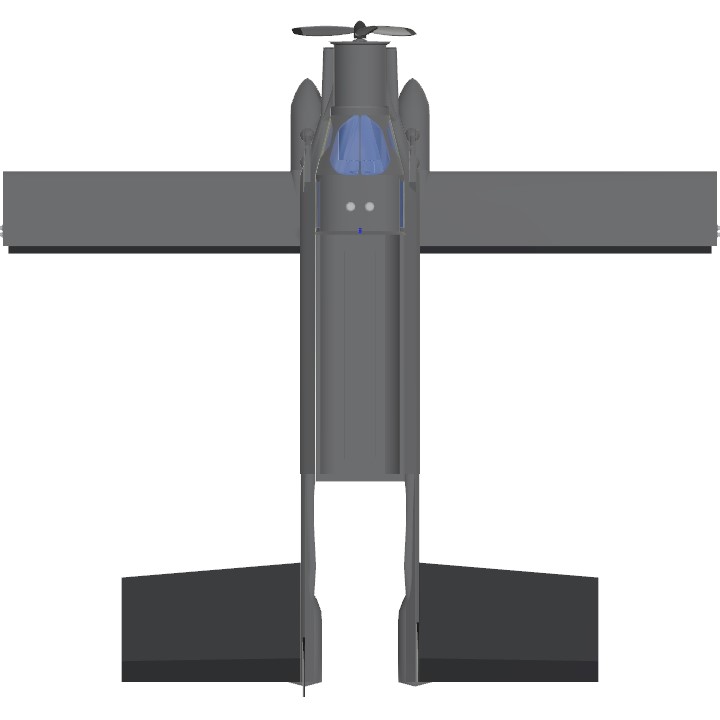
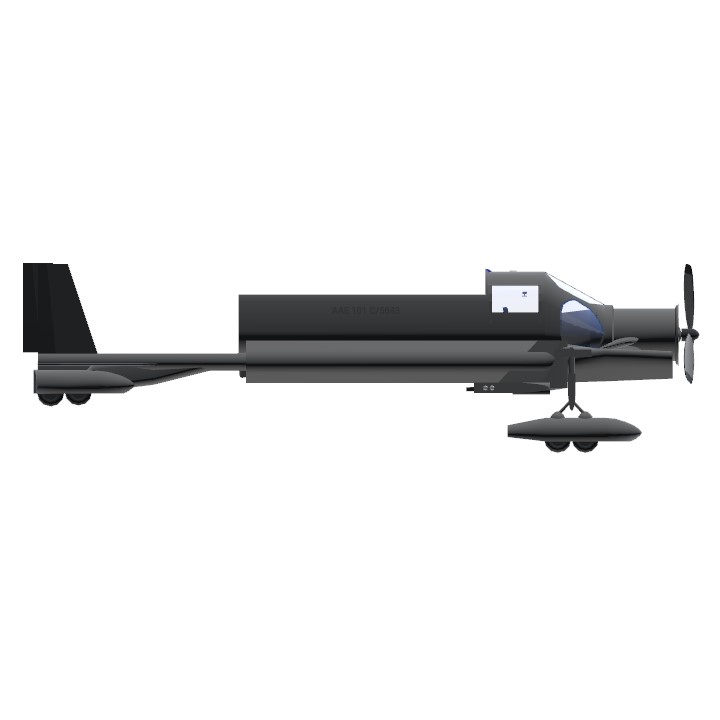
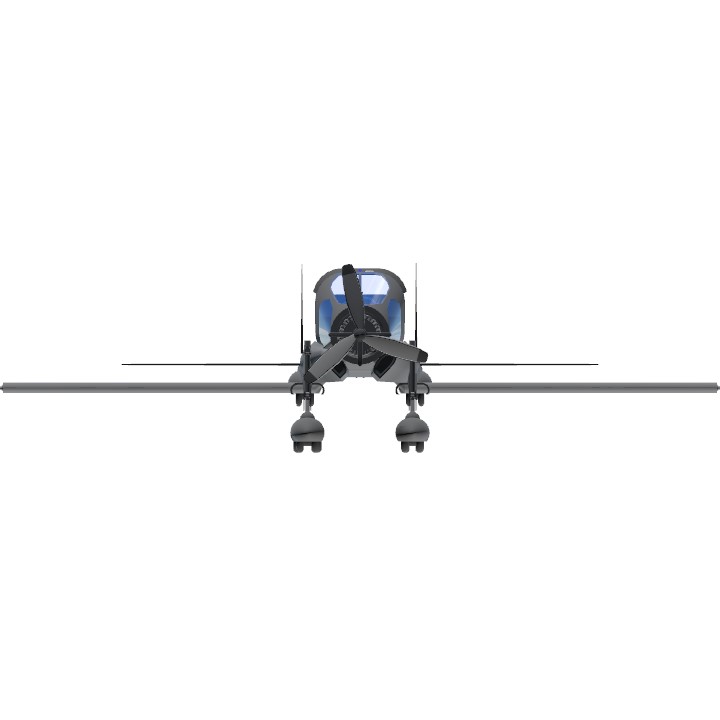
Very interesting concept and plane lore! Awesome stuff!